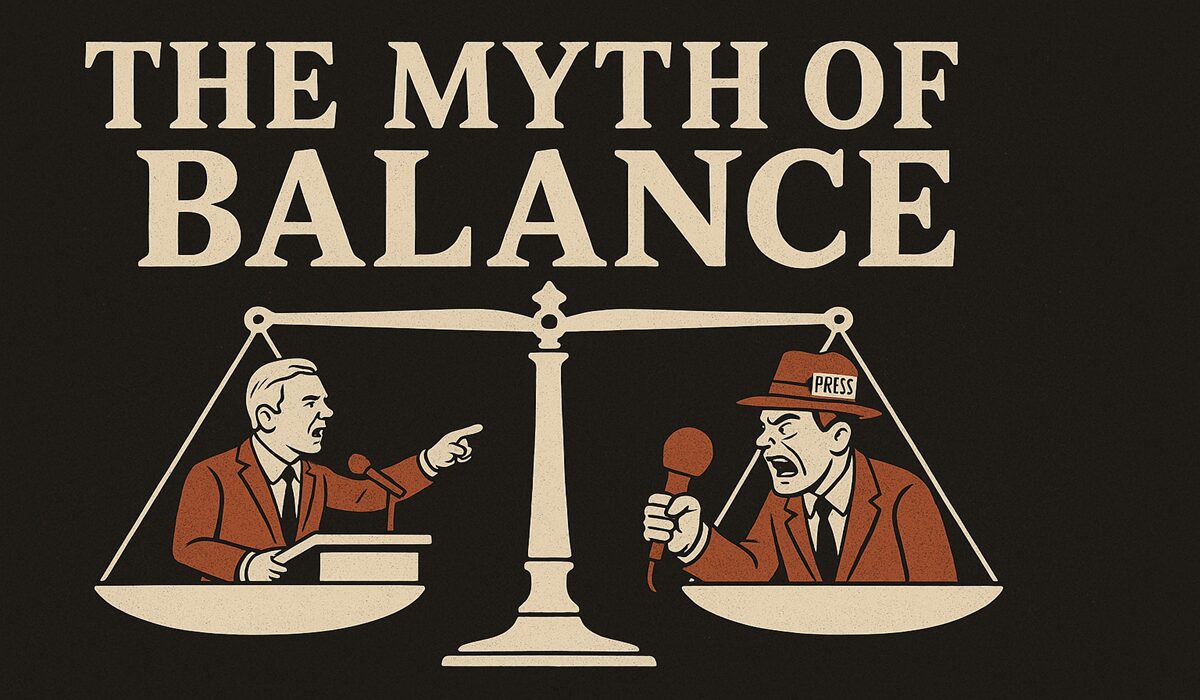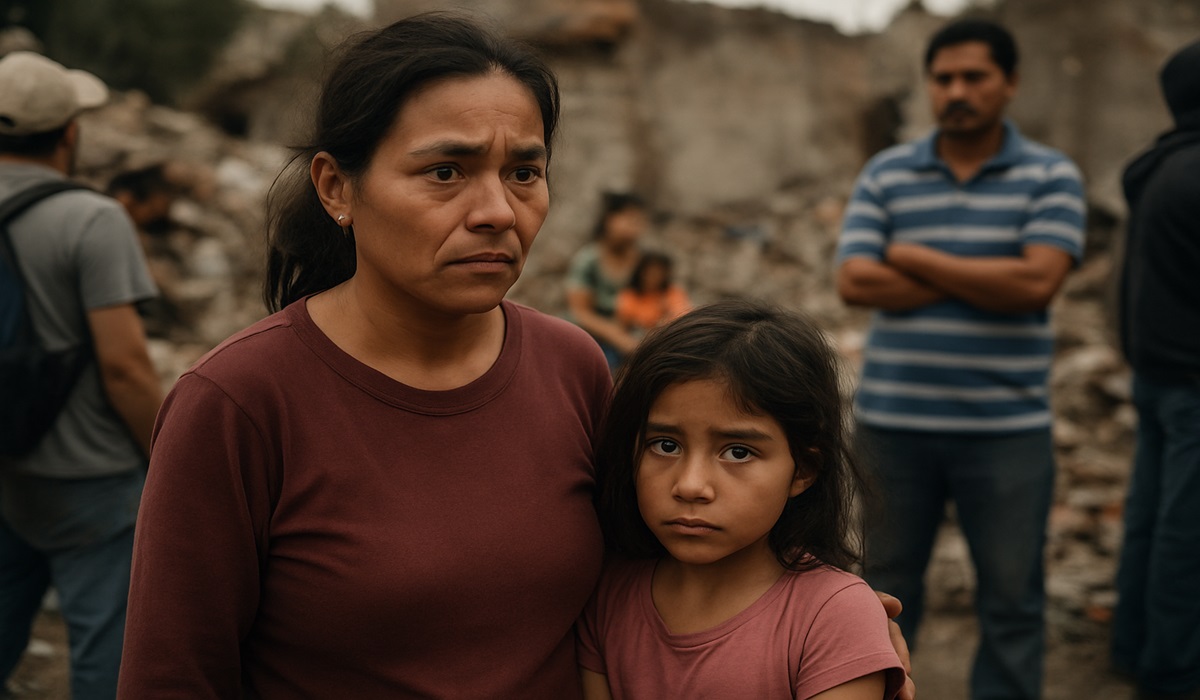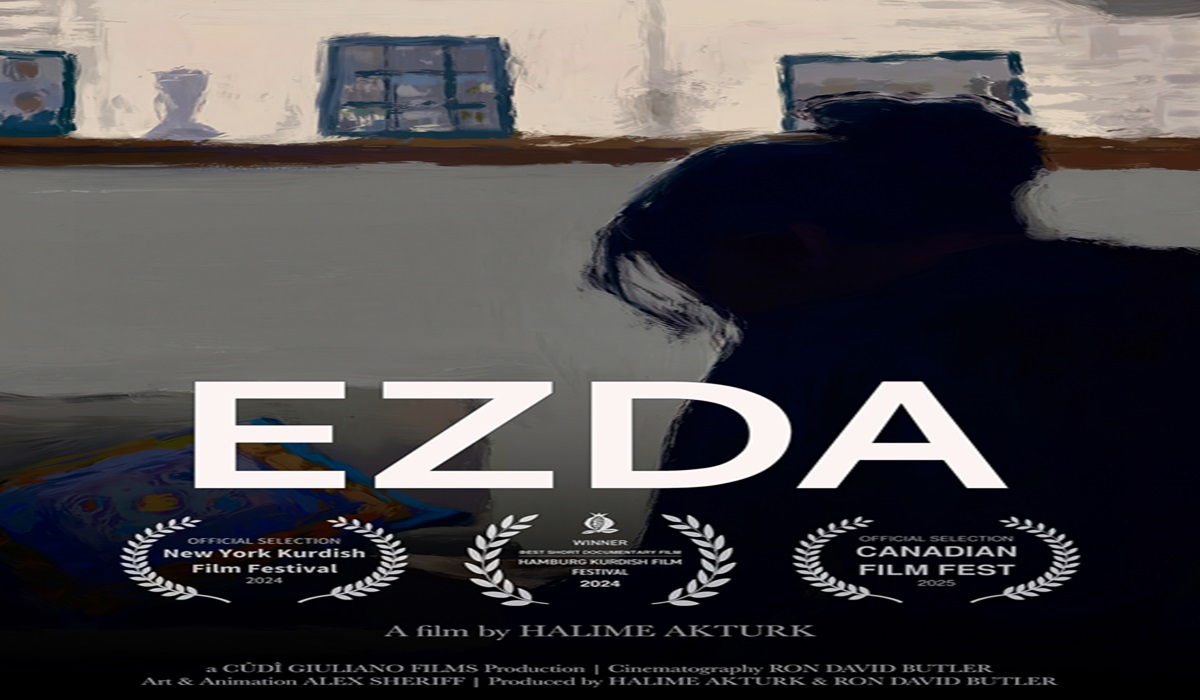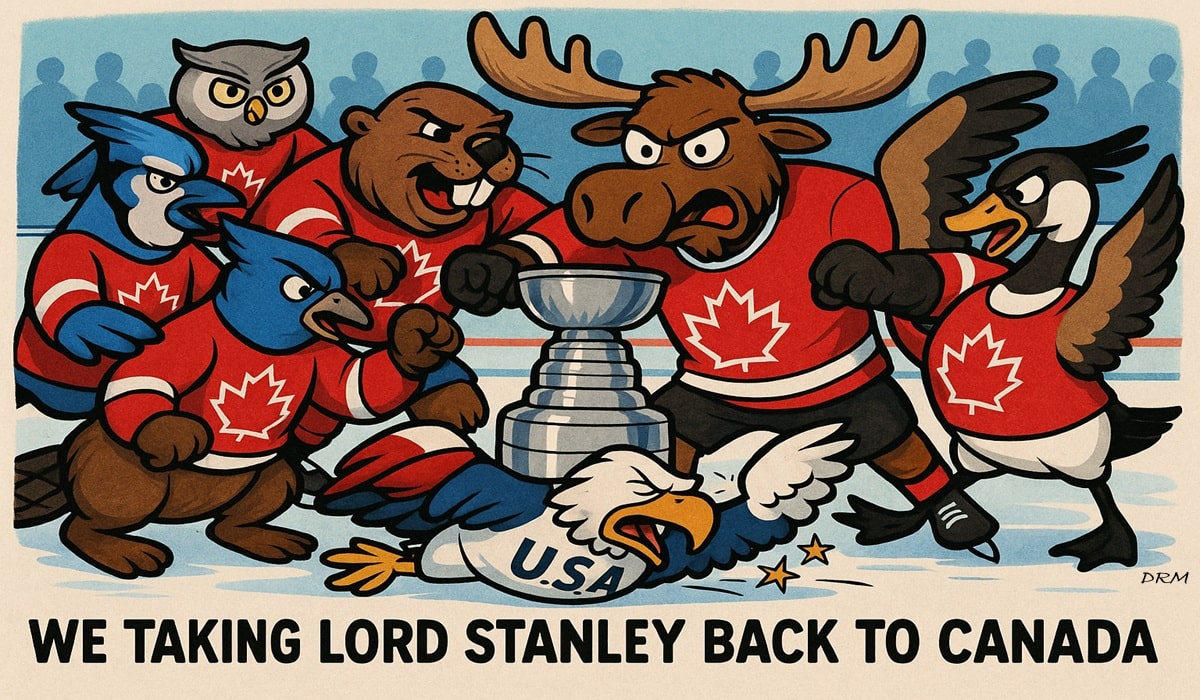Halloween: The Origins, Symbols, and Spirit Behind the Celebration
- Xuemei Pal
- D.O.C Supplements - Trending News
- October 31, 2024
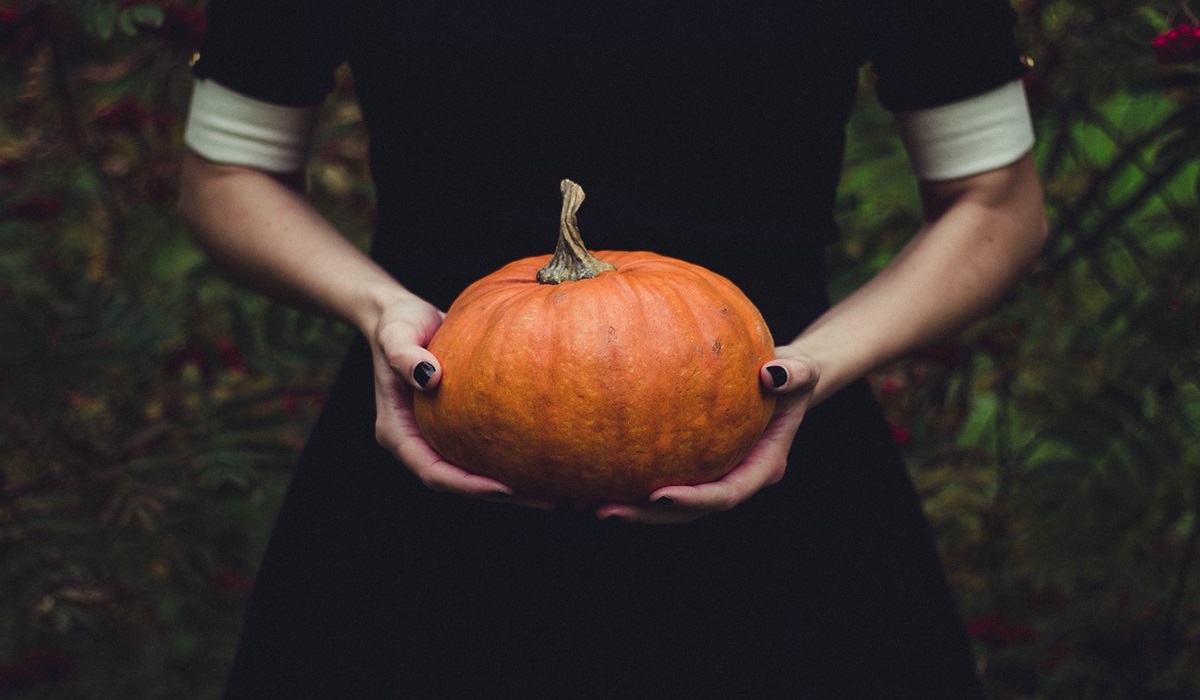
Image Credit, Pexels
Halloween is a holiday steeped in tradition, symbolism, and cultural connections, celebrated on October 31 with origins that go back thousands of years. While it has evolved into a night of costumes, trick-or-treating, and festivities, this event carries a deeper significance, much of which is embodied in its themes and symbols, especially the colors black and orange. How did these colors become associated with this day? And why do some cultures celebrate while others avoid it?
The roots of this holiday trace back to the ancient Celtic festival of Samhain, celebrated in Ireland and Scotland to mark the end of the harvest season and the beginning of winter. Samhain was considered a time when the veil between the living and the dead was thin, allowing spirits to cross over. To protect themselves from wandering ghosts, people would light bonfires and wear costumes. When Christianity spread across Europe, this holiday evolved to include All Saints’ Day (November 1), a day to honor the dead, with the evening before it becoming known as All Hallows’ Eve—or Halloween.
Over time, the themes of the supernatural and the unknown took on new dimensions, eventually spreading to North America, where the holiday transformed into a celebration of the unusual, the macabre, and the mystical. Customs like trick-or-treating and pumpkin carving became symbols of the holiday, turning it into a global event with deep cultural resonance.
The colors black and orange have become iconic symbols, each with ties to ancient traditions. Orange, associated with autumn and harvest, represents warmth, life, and the bounty of the season. It reflects the pumpkins, falling leaves, and the sun’s last warmth before winter sets in, a nod to Samhain’s harvest roots.
Black, by contrast, symbolizes death, mystery, and the supernatural. It evokes the night, shadows, and the unknown—a time when spirits are said to roam. Together, black and orange embody the balance of life and death, celebration and mystery. Their combination creates a distinctive aesthetic that hints at the holiday’s dual nature: a festive time with roots in the otherworldly.
While widely celebrated in North America and parts of Europe, Halloween is met with caution or indifference in other cultures. In the United States and Canada, it has transformed into a celebration of creativity, with children and adults alike dressing up in costumes, decorating homes, and going door-to-door for candy. In Mexico, Día de los Muertos (Day of the Dead), celebrated from October 31 to November 2, holds a similar focus on honoring the deceased but with a distinct emphasis on life, family, and remembrance rather than fright.
In Asia, many cultures have their own festivals and beliefs regarding spirits and the dead. Japan, for example, celebrates the Obon festival in August to honor ancestors. Although Halloween has gained popularity as a fun event for costumes and festivities, it lacks the same cultural weight. In other countries with strong religious or cultural beliefs, Halloween is sometimes viewed as a holiday promoting occult practices or as a Western import that conflicts with local customs, reflecting each culture’s unique perspective on themes of death and the supernatural.
The true spirit of Halloween lies in its blend of fear, fun, and reflection on life and death. It’s a time to confront fears, laugh at what might otherwise frighten, and celebrate the mysteries of the world. For many, the night is about embracing creativity, adopting another persona, and, for one night, making the supernatural tangible.
At its core, Halloween offers a moment to reflect on mortality—a playful yet poignant reminder that life and death are interwoven. Whether through costumes, colors, or gatherings, the holiday invites us all to explore the mysteries of existence, blending the serious with the whimsical, the ancient with the modern.

